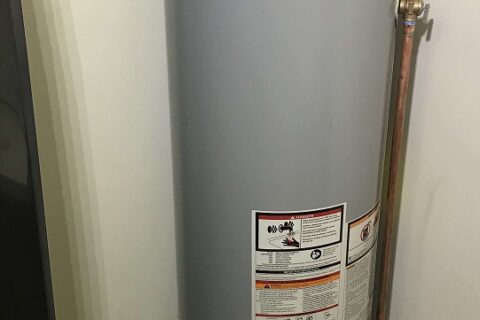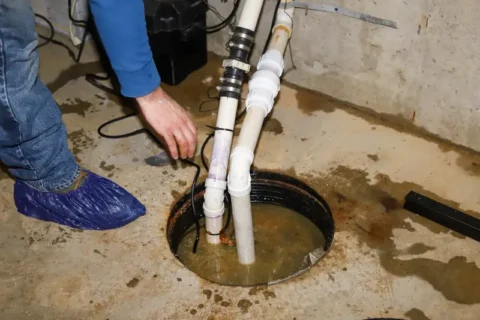Blogs
Your sump pump is the first line of defense against basement flooding, working hard to pump water out of your home and prevent costly…
Keeping your basement dry is a high priority, but how do you choose the right sump pump for your Illinois home? Explore various types…
Are your faucets making strange noises? Water pressure not what it used to be? You’re not alone. As a Clarendon Hills resident, your home’s plumbing…
Ever walked into your basement after a heavy rainstorm only to find water pooling on the floor? If you’re a Clarendon Hills homeowner, you’ve likely…
Water damage can be a homeowner’s worst nightmare, causing significant physical destruction and emotional distress. Whether it’s a minor leak or…
Sump pumps protect homes from basement flooding, but they don’t last forever. Whether you’re looking into installing one for the first time…
What Is a Sump Pump?
Water in your basement is never a good sign. Whether you stumble across a small puddle or experience a full-on flood,…
Plumbing problems can be a nightmare for homeowners. From clogged drains to burst pipes, even minor issues can escalate into major damage if left…
Introduction
In today’s fast-paced world, convenience is a top priority for homeowners, but in the pursuit of comfort, some critical aspects of…
When it comes to choosing a plumbing company, whether for your home or business, the decision is not one to take lightly. A reliable plumber can…
Request Your Expert Plumbing Service Today



